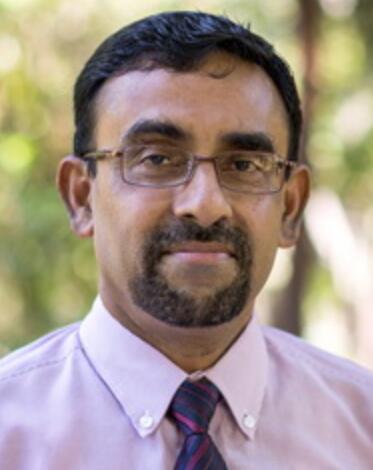


Abstract—Acoustic Echo Cancellation (AEC) is one of the most popular applications for adaptive filters. The goal of the adaptive algorithms is to identify the acoustic echo path between a loudspeaker and a microphone placed in an acoustic enclosure (i.e., the room acoustic impulse response) and generate the estimate of the acoustic echo that is removed from the output of the microphone. Most of the adaptive echo cancellation techniques proposed in literature are based on an assumption that the echo path is linear. However, recent research has shown that the acoustic echo path is better to be modeled as a nonlinear system due to the nonlinear characteristic of a loudspeaker [1]. The nonlinearity of a power amplifier or loudspeaker in a large-signal situation gives rise to a nonlinear distortion of acoustic signal. A conventional acoustic echo canceller using linear adaptive filters is not able to eliminate the nonlinear echo component. Here, a novel nonlinear echo cancellation technique is presented by using a nonlinear transformation in conjunction with a conventional linear adaptive filter. The nonlinear transformation is derived from a raised-cosine function and is exploited to compensate for the nonlinearity of a loudspeaker. The algorithms which were derivates out of the Wiener Filter (like LMS, NLMS, steepest descent, RLS) in contrast to the Genetic algorithms (GAs) is of special interest [6]. With the comparison, NLMS algorithm is better solution considering trade-offs. The transformation parameters are updated using the normalized least mean square algorithm according to the unknown nonlinear characteristic of the loudspeaker.
Index Terms—Acoustic echo canceller, adaptive algorithm, NLMS, non linear transformation, raised cosine function.
A. Deshpande Tanavi is with the Electronics Department, WIT, Solapur 413006, India (e-mail: tanvi.deshpande2003@gmail.com).
R. R. Dube is with with the Electronics Department, WIT, Solapur413006, India (e-mail: rajendradube67@rediffmail.com).
Cite: Deshpande Tanavi A. and Dube R. R., "Nonlinear Acoustic Echo-Free System," International Journal of Information and Electronics Engineering vol. 2, no. 4, pp. 635-639, 2012.